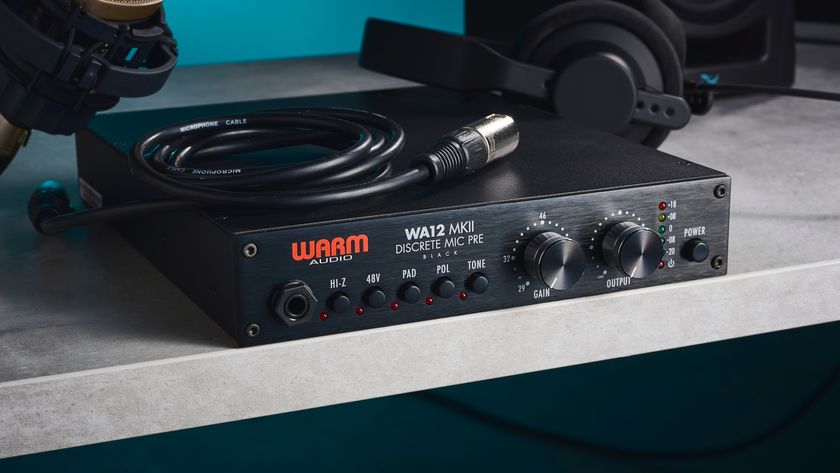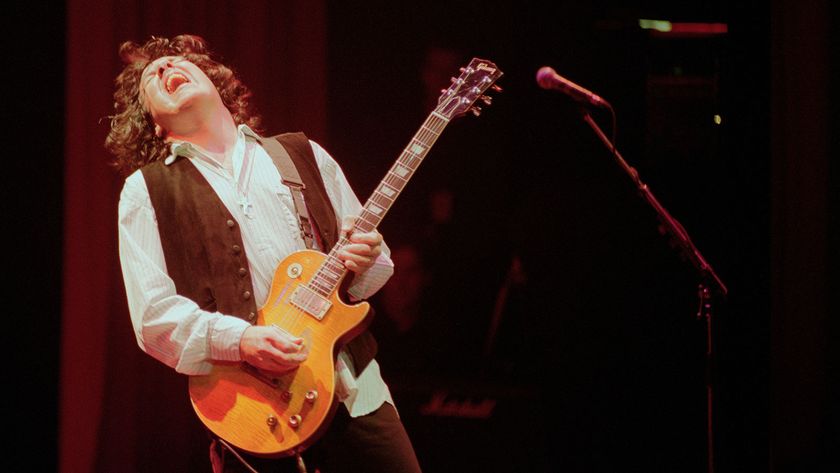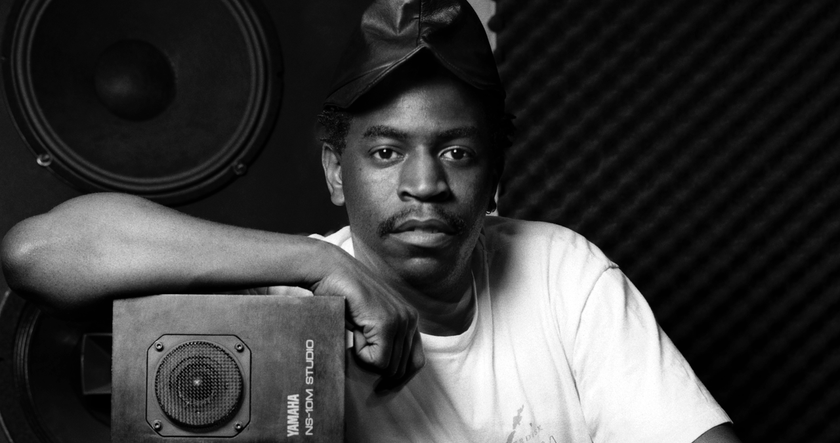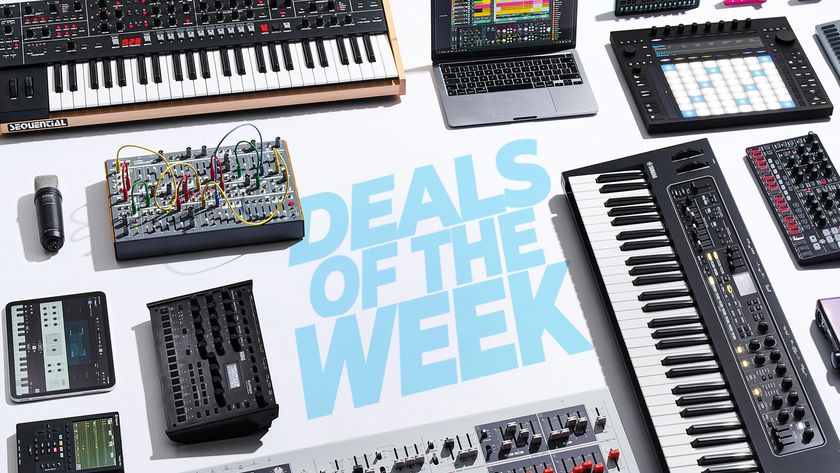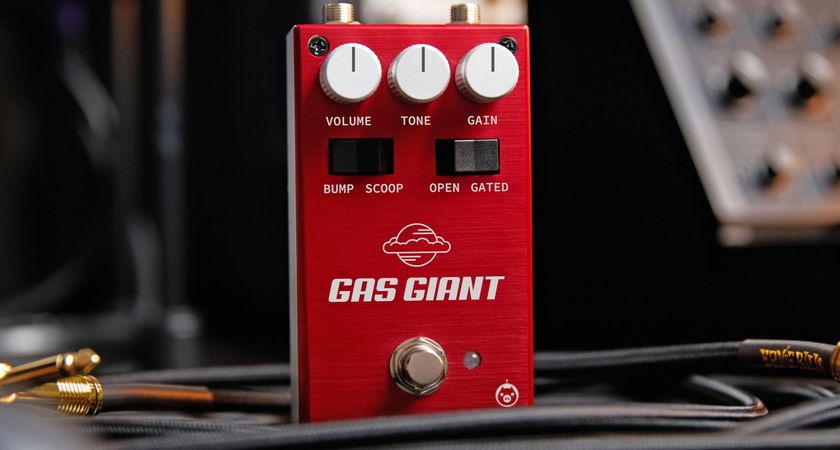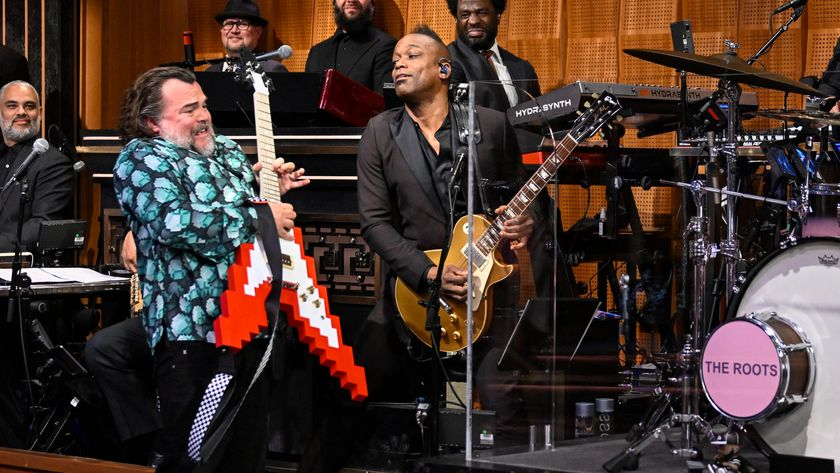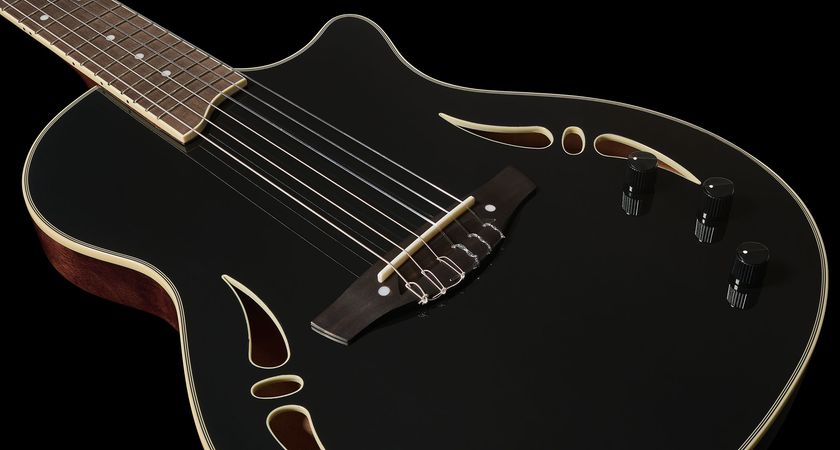Lusine’s top 10 tips for producers
Innovative sound designer Jeff McIlwain gives his top production advice
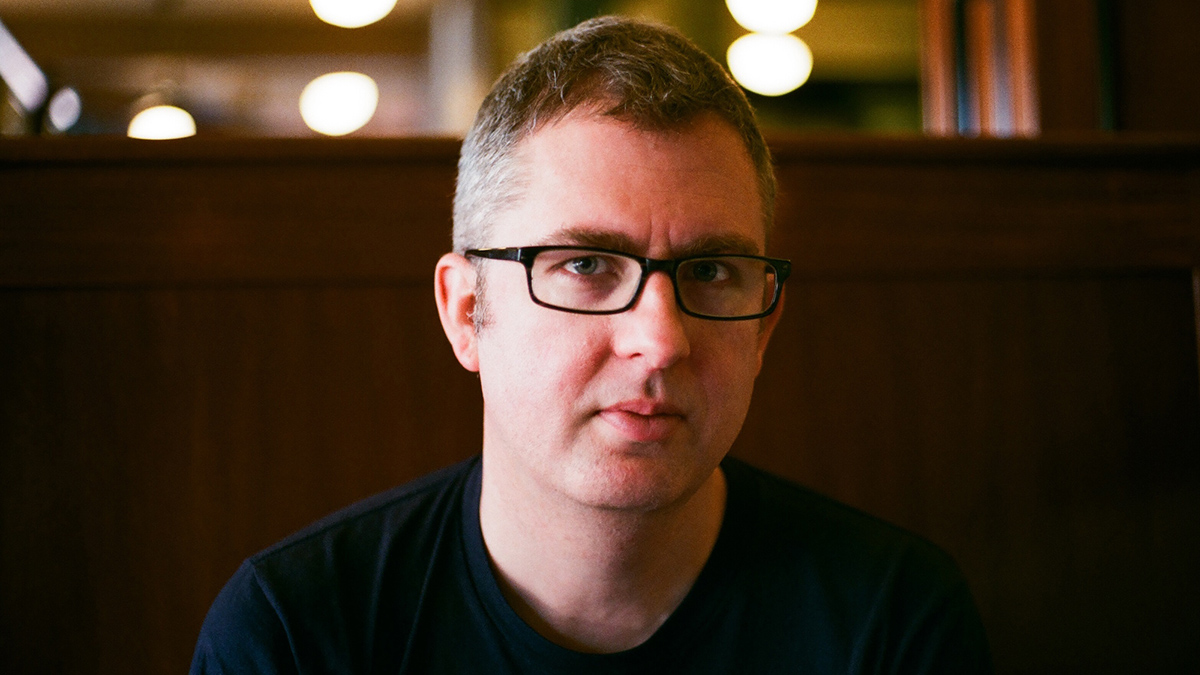
Born and raised in Texas, but now settled in Seattle, ambient/IDM musician Jeff McIlwain (aka Lusine) attended the California Institute of Arts in the late-‘90s where he studied 20th Century Electronic Music and Sound Design for Music and Film.
This led to McIlwain’s first-self titled release, Isophlux, under the pseudonym L’Usine - a haunting combination of downtempo IDM and abstract hip hop. His highly melodic, yet abrasive style caught the attention of Ghostly International, which has been steadily releasing McIlwain’s material under the renamed Lusine since 2003.
Throughout the last decade and a half, McIlwain has performed sets at London’s esteemed Fabric nightclub, Berlin’s Watergate and Tokyo’s Unit, while recent live shows have seen him support electronic luminaries including Tipper and Blockhead. McIlwain has also been involved in several film score projects including The Sitter, Snow Angels and Joe with writing partner David Wingo.
This month sees McIlwain release his fourth Lusine album for Ghostly, Sensorimotor - another visceral yet beautifully melodic collection of tracks, intersecting the blurred lines of pop, techno and experimental electronica.
1. Preliminary stuff
“Listen to a lot of music. Watch a few films, go to some shows and find something that inspires you. Don’t start writing a track cold. If you hear some music that you really love, figure out what it is about the track that works and how you could use it without completely ripping it off.
“Sometimes it’s just the production of the beat, the way the chord progression works or the syncopation between the beat and the melody. It’s amazing how often I forget that what usually breaks my writers block is getting inspired by what other people are doing."
2. Initial phase
Get the MusicRadar Newsletter
Want all the hottest music and gear news, reviews, deals, features and more, direct to your inbox? Sign up here.
“I usually try to start every track in a different way to the last one I wrote. If I started by just playing a progression on the piano the last time, next time I’ll record some samples from old records, cut them up and start randomly sequencing bits in different ways. That way, the track might sound as if it’s composed in a totally different way to the previous one.”
I’ve been collecting various instruments and samples from old esoteric records to keep things loose and keep the timbres interesting in the mix.
3. Avoid repeating yourself
“As I start to hone in on those pieces that are working and the stuff that’s not, I usually check to see if they’re sounding too much like something I’ve written before. It’s a really hard to get away from things that you’ve done before, but it’s super important to evolve and not keep writing the same track over and over again.
“No matter how different the track sounds to me, people still say that my tracks have a similarity to them, even after I’ve made a concerted effort to do something different - so perspective is everything. That being said, you still have to trust your instinct enough to not veer into a territory that’s just not ‘you’."
4. Keep it loose
“I’m really bad at this. My sequences sound so hyper-programmed that I’ve been trying really hard to do things that work against this. Record some stuff with a looper, add in some really random samples and throw the timing of the layered snares off of each other so there’s a slight bit of sloppiness to the hits.
“I’ve been collecting various instruments (hand percussion, glockenspiel and stringed instruments) and samples from old esoteric records to keep things loose and keep the timbres interesting in the mix.
“It’s also a good idea to record some of your synth lines and modulations in without trying to automate the hell out of them. Jam out for a while, record it and then figure out how to add it to the mix."
5. Work with reasonable levels and high-quality samples
“Make sure your samples are either normalised or recorded in and programmed at a reasonable level. At this early stage, it’s pretty important, because if you’re trying to compensate for a couple of quiet samples by bringing down the levels of everything else, your noise floor takes a huge hit once you’re ready to print.
“Once the samples are normalised, you can hear if they’re going to be too noisy. If you’re spending a lot of time adjusting EQs and filtering out aspects of a sample you don’t like, sometimes it’s easier to just get rid of it and figure out a different path to get the sound you want.”
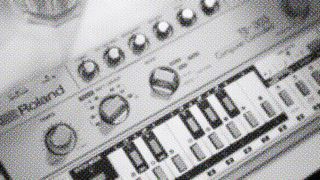
6. The bassline is key for me
“However important the overall progression or mood of my track is, I focus quite a bit on my bassline. I try to keep it simple, but with a clear movement. I often hear tracks without a bassline, or with a bassline that just doesn’t work for some reason or other, and it can bring down the whole track.
“I spend quite a bit of time making sure that the bassline fits with everything that’s going on around it, isn’t too busy (noodly basslines are not my thing) and not just one bar repeated over and over again.
“Sometimes you can transpose a couple of muddy notes of the bassline and then the whole song suddenly comes into focus, and sometimes you’ve got a bassline that’s just all over the place, so if you just delete it and make a more insistent one, it gives the track a real backbone. However you do it, I recommend spending a large amount of time focusing on the bassline.”
7. Don’t get caught up on that one sound
“Sometimes I’ll start a track based on some awesome synth sound that I’ve worked on, but as I keep working on the track, the sound that started the whole thing ends up being the thing that’s not working. It’s really hard, but when the track takes on a life of its own, you have to stop being obsessed with that one sound. Change it to fit everything else you’ve got going on or save it for the next project. “
Sometimes you can cut up the audio and make something totally new out of it, retaining ‘some’ of the qualities that you liked about it.”
8. Stripping away
“This is the difficult part. I like to add just about anything I can to my sequences at first and try out a ton of different things. It gets pretty busy, but at some point you’ve got to start making decisions. I try to base my stripping down on how the bassline, synth, beat and all the extra bits work together, so I’ll generally work on all of my tracks in unison before I even know how the whole progression is going to work.
“For me, the progression is kind of a product of the production and programming, so the melody and bassline etc. will change dramatically depending on how they work together in the sequence. I’ll start muting channels and see if the stuff I’ve added is actually adding to the mix or just cluttering it up, and if it’s the latter, it’s gone, even if I’ve spent many days working on those parts.”
9. Separate the programming from the editing
“This is how I work. Other people combine the two processes, but I like to programme a simpler progression and focus on smaller bars produced pretty much exactly how I want them. Then I print the tracks fairly broken out and make the editing and formation of the whole song a totally separate process.
“It works really well for me because it gives me a sort of ‘second start’. You can start the track with fresh eyes and build it up in a slightly different way than if you committed to everything all in one session.”
10. Finalising stuff
“This is where you can look at the track and bring it down to a reasonable length. I know a lot of people like 8-10 minute songs. Sometimes that’s cool, but sometimes you’ve got to decide if it’s really adding anything to keep those extra minutes.
Don’t throw that maximiser on your master track; leave it to the mastering engineer
“These days, my tracks usually end up around 4-5 minutes, but on occasion there is a reason to go longer or shorter. Also, if you’ve got your tracks in audio, it’s kind of nice to start manipulating pieces of audio at various places. Print some effects in random places, drop the whole song out, except for a couple tracks, or bounce down a whole section of a song and manipulate it with some time-stretching or resequencing effect. Once you’ve got your audio printed at the editing stage, it’s kind of fun to mix things up with large- scale tweaks.
“Lastly, don’t throw that maximiser on your master track; leave it to the mastering engineer. If there’s some limiting or side chaining that’s really important to your overall sound, go for it, but it’s great to get another set of ears on your final mix.”
The new Lusine album ‘Sensorimotor’ is available now on Ghostly International. For more information, check out Lusine’s website and Facebook page.



“My love letter to a vanished era that shaped not just my career but my identity”: Mark Ronson’s new memoir lifts the lid on his DJing career in '90s New York
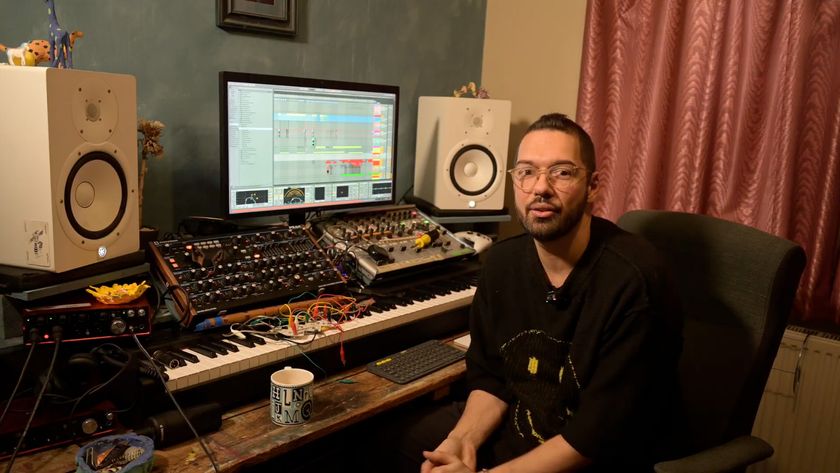
“I'm always starting up sessions and not finishing them, but I don't see that as unproductive”: Virtuosic UK producer Djrum talks creativity and making Frekm Pt.2
